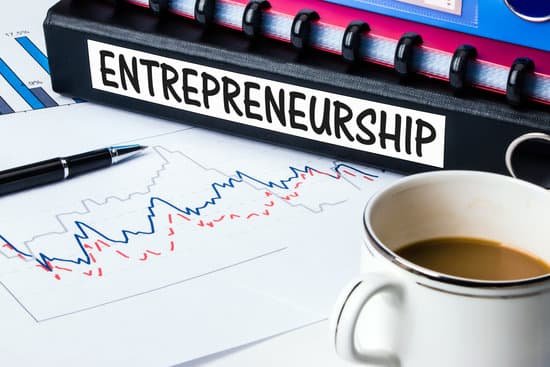5 Tactical Tips to Grow Your Brand and Create a Successful Marketing Structure
I was obsessed with bullwhips as a kid. Who wouldn’t want to be Indiana Jones? Unfortunately, the first time I managed to get my hands on one, I accidentally whipped myself in the face. While a bullwhip might not be the best toy for kids, it is the perfect analogy for how your business structure and its functional groups should interact.
Let’s dig into the mechanics of the whip
Whips generate force using the momentum (energy) of a loop traveling along a tapered strip of leather. As it travels, the energy is focused on an ever-narrowing structure. This amplifies the energy to drive the tip to over 30x faster than the initial motion in the handle. That telltale “crack” of the whip is a small sonic boom. Isn’t it crazy that 2,000 years ago, man was able to break the sound barrier with just a strip of leather? Over 1,900 years passed before scientists could mechanically reproduce it!
How does this relate to your marketing structure?
In many organizations, marketing is the most operationally challenging division, containing many complex issues. The best marketing structures are smooth, sleek and have results that break the sound barrier, regardless of what season, campaign or product is being marketed. To understand how to achieve that satisfying crack in the market, let’s go back to the start … the hand.
The hand of the brand steward holds the whip. Traditionally, the brand steward was the CMO, with a singular focus on marketing. In startups, it is usually the founder. However, in progressive organizations, it’s the Chief Growth Officer. A CGO is a catalyst for cross-functional collaboration and sustainable growth while the marketing whip acts as an extension of the brand itself. So, when the brand steward brandishes the whip, the brand’s power and influence travel through each section, guiding all strategy and movement in the same direction.
The whip handle can be compared to the brand itself, where management, market equity and brand fundamentals are stored (including brand ideology, identity, market positioning and culture). This is where brands establish a market presence, cultivate consumer perception and attract their target audience. With just the slightest movement, the brand steward inputs energy into the handle, which travels down the whip, amplifies and creates a loud crack in the market.
The functional groups are the body (or thong) of the whip, through which the brand’s energy flows, amplifying in speed and power while traveling from group to group. Like strands in the whip, the groups weave together to support each other, maintaining the perfect balance to allow for creativity and productivity. Most importantly, they strengthen the entire structure. If one strand breaks, there’s no chance of making a loud crack. These groups are teams like sales, finance, creative, communications, trade marketing or any team that contributes to your go-to-market. Like bullwhips, better materials (i.e., your team’s skillset), get better results.
The hitch is where the body of the whip gets thinner — the motion getting faster and faster until product launch — and all the efforts of the functional groups get focused into sales tools. Logistically, this can be extremely complex and time-consuming, with trade marketing teams having the least amount of time to execute their work. If trade, event and digital marketing fail, all previous work done by the functional groups above is null and void. Without sales tools, the brand and its ambassadors are dead in the water.
The fall is where all marketing has been delivered in the form of sales tools into the digital and brick-and-mortar marketplaces. It’s the thinnest part of the whip, traveling at the fastest speed, with the most urgency behind it. Sales tools are designed to attract and engage the target consumer, including things like sales promotions, social media, custom art, POP, signage, displays and more.
The popper is the intended effect: converting the target consumer! For a consumer brand like Nike, it’s the sale of their new line of shoes. For a non-profit, it’s donations. Sales tools should guide consumers towards the product and ultimately win the sale, creating that loud crack in the market. Each successful whip-crack adds value to the brand, making the next one faster and louder.
If you listen to the echoes (sonic boom) of the whip crack, it’ll provide an inordinate amount of data and feedback on what was successful and what wasn’t. Those holding the whip should learn something new each time that contributes to their next GTM cycle — otherwise, they’re destined to make the same mistakes over and over.
After the crack, the hand of the brand steward needs to follow through with the motion, (so they don’t end up whipping themselves in the face). This means taking post-sale action on the consumer, operational data, issues and market feedback received from the product launch, thereby readying the whip for the start of the next cycle.
Tactical takeaways
One: Ensure the person holding the whip has a holistic understanding of your organization, with the ability to align departments and create sustainable growth.
Two: Be confident in your brand’s vision and values. Make sure the brand is at the core of every functional group so all teams pull in the same direction with easy cross-collaboration.
Three: Maintain a balance of skill and technicality between functional groups. Backfill any weak teams with the correct talent, education and tools.
Four: Overcome tricky logistics with automated, streamlined pipelines to avoid bottlenecks.
Five: Observe, analyze and act upon all insights, feedback and market data gained from cracking the whip.
The best structures have clearly organized operational data and a defined automated process that produces smooth pipelines. It’s clear that the future of marketing begins with a system designed to streamline cross-collaboration, glean optimized insights from embedded metadata and enable instantaneous decision-making with purpose-built tools. You want people to hear the “crack” from miles around, and the sound should increase in volume and travel a further distance every time you brandish the whip. Get crackin’!
Source: entrepreneur.com
Cc: Jamie Calon



